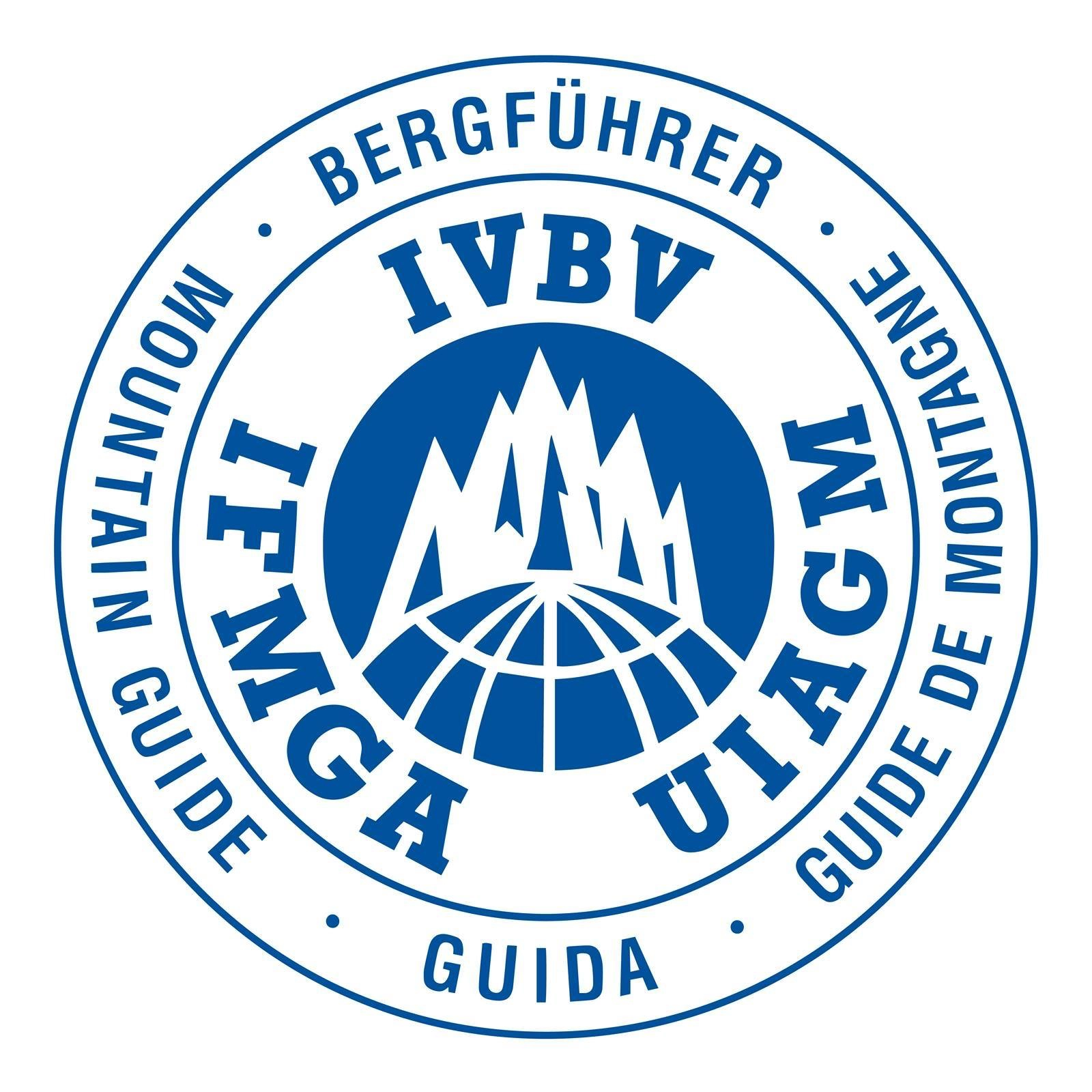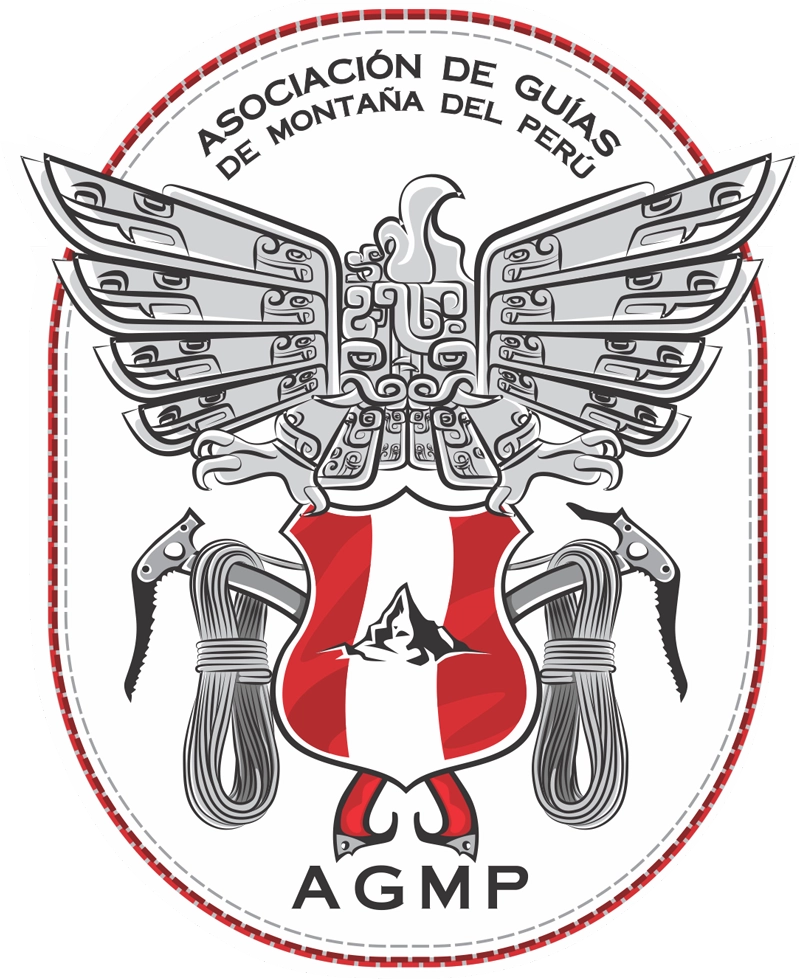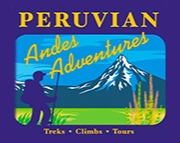


Inti Raymi Sun Festival - Huayhuash Mini Trek
Duration:
9 days with festival + 2 rest days included
Can be 8 days
Grade:
Moderate
Highest Point:
4750m / 15584ft
Trek departs Huaraz 26 July
This trek route takes you to the pristine heartlands of the Cordillera Huayhuash, one of the most stunning mountain areas – and best-kept secrets – in the Americas.
Our Huayhuash Mini Trek is an awesome expedition specially designed for those trekkers who do not have sufficient time to trek the complete full Huayhuash Circuit (12-15 days), but still want to get to the heart of the spectacular Cordillera Huayhuash and undertake some fabulous hiking. Of all the Huayhuash trek options, this would be the least physically demanding as there are some shorter days and also extra days spent at some campsites for R & R, although it is still a moderately hard trek with having to climb to the top of 4 high passes and reasonable fitness is required.
We have designed the trekking route to include the overwhelming majority of the many breathtaking sections the Huayhuash range has to offer. You camp beside beautiful lakes which offer the most stunning panoramas of the range’s largest mountains. These include Yerupajá (6634 metres), the second highest peak in Peru, Siula Grande (6344m), made famous by the book and film “Touching the Void”, recounting Joe Simpson’s epic feat of survival, Jirishanka (6094m) and many more.
There is a relaxing start to this trek. We drive from Huaraz to the eastern side of the Huayhuash and visit the Inca ruins of Huanuco Viejo. Then next day we stay on in Huanuco Pampa to enjoy the sights and sounds of the Inti Raymi Sun Festival. After two night’s camp on the extensive plateau of Huanuco Pampa, we continue to our trail head at Queropalca and begin the anti-clockwise trek which sees takes us through the beautiful wilderness of the Cordillera Huayhuash.
JULY INTI RAYMI SUN FESTIVAL
In July we have a special trek to coincide with the exciting and colourful Inti Raymi Inca Sun Festival held at Huanuco Viejo.


Huanuco Viejo was an important Inca settlement and was a major stopover point on the Inca route that runs from Cuzco through the north of Peru. Some thousands of people lived there in a site covering several hundred hectares and substantial ruins still remain.
You can see the remains of hundreds of village homes, the principal temple, quarters for the Inca’s court, women and soldiers, the Inca’s private quarters and baths. In the remains of the ruins you can see example of the same intricate stone workmanship that is found in Cusco and Machu Picchu, with massive stones fitted exactly and interlocking into steadfast stone walls that have lasted the centuries and through many earthquakes.
We will stay one day extra at Huanuco Viejo so that we can enjoy the atmosphere, colours and excitement of the festival.
The festival is celebrated each year on 27 July, and involves some 600 local Inca descendants dancers and actors dressed in traditional Inca costumes.
The Inti Raymi was the most important festival in the Inca Empire to worship the Sun God, the Source of life. Thanks are given for the year’s harvest and prayers made for good weather and harvests for the coming year.
The festival features musicians and groups of dancers that represent the four different Inca sectors dressed in distinctive clothing from their sector. Acllas or virgin women spread flowers before the Inca king as he makes his way to the main balcony accompanied by his queen and court all dressed in traditional costumes decorated with gold and singing spiritual rituals and worshipping.
Not many tourists or trekking agencies know of the Inti Raymi festival in Huanuco Viejo, and unlike the crowed Inti Raymi festival in Cuzco, the Huanuco Viejo event is frequented by very few tourists, giving visitors a relaxed day in the company of the local people who make us very welcome & allowing us to experience local culture and flavours.
This trek offers a combination of an unforgettable cultural experience with a trek into the Cordillera Huayhuash, classified in some guidebooks as one of the “classic” trekking circuits in the world
Note 1: Grading
Although we grade the trek as moderate, you do have to cross four passes above 4500m (14764ft). This implies demanding hiking and consequently both a reasonable level of fitness and adequate acclimatisation to altitude are necessary. Trails are not formed paths and are not maintained, they are dirt trails also used by animals and are uneven and can be slippery underfoot.
Note 2: Horses
We can organise horses for the trek for those who wish to visit the beautiful Cordillera Huayhuash but may not feel they want to hike the complete distance. You would be able to ride horses on undulating and flat ground, and to the tops of passes, but would need to descend from the passes on foot. The hire of a horse implies an extra cost.
Note 3
Walking times are average hiking times. The altitude affects people differently. Some people will be faster than the indicated times and others will be much slower
Note 4
The Cordillera Huayhuash is becoming known to be one of the most beautiful high altitude treks in the world. Although you are trekking through a remote area, you can expect that there will also be several other groups and also independent hikers on the route
Note 5
The Huayhuash trek route is all on community owned farmland. There are small farm houses and some farm animals (cattle, sheep, horses and sometimes alpacas & llamas) all along the trekking route, included surprisingly at the top of the high passes
Note 6:
All land along the Cordillera Huayhuash trekking routes is privately owned community farmland (not National Park or Government owned). The local Huayhuash communities allow trekking groups to pass through and camp on their private land and we ask that all hikers respect their goodwill in allowing us to hike in the beautiful Cordillera Huayhuash by leaving no rubbish, taking care of farm animals and respecting the local people that we will meet along the trek route and in campsites. Each community charges access and camping fees for each campsite (included in trek fee). As part of the camping fee they provide toilets in the campsites.
Note 7: 8 day option
There are extra days in the 9 day program spent at Laguna Carhuacocha and then Laguna Jahuacocha (for day hikes). Delete the Laguna Jahuacocha extra day to make an 8 day trip
Itinerary
Arrive Huaraz (3090m / 10138ft).
Huaraz acclimatisation days with day hikes
Drive Huaraz/Huanuco Pampa & Visit Remote Huanuco Viejo Ruins
We drive in our private bus for some 5 or 6 hours 230kms from Huaraz to Huanuco Pampa (3736m / 12257ft). Along the way we have our first distant views of the breathtaking Cordillera Huayhuash. We stop to take in the amazing views and marvel at the vastness of the surrounding countryside.
We set up camp under vast blue skies at Huanuco Pampa, near the Inca ruins of Huanuco Viejo which we spend the afternoon visiting. The site was an important Inca settlement, probably a tambo – major stopover point and storage site – built on the main Cuzco-Quito route. The site covers several hundred hectares and substantial ruins remain, including the main temple usnu, accommodation for the Inca elite, women’s quarters and a garrison, not to mention private quarters and baths for the visiting Inca. We see fine examples of the same intricate stonework found in Cusco, with solid walls of precisely interlocking stones which have withstood centuries of earthquakes.
We stay another day at Huanuco Pampa to enjoy the sights, sounds and smells of the colourful Inti Raymi Sun Festival.
Hiking to Laguna Carhuacocha Lake and Camp on the Lakeshore
Drive for 3 to 4 hours 105kms from Huanuco Viejo via Baños village to Queropalca village at 3800m / 12467ft. In Queropalca we meet our donkey drivers and donkeys and start the trek with a relaxing uphill hike on a gentle gradient to Laguna Carhuacocha (4200m / 13780ft).
From the camp we have astonishing views across the lake to the Yerupaja Grande, Yerupaja Chico (6121m), Jirishanca and Siula Grande.
- Approx. 11kms
- 4 hours
- Highest point 4200m / 13780ft
- Altitude at camp 4200m / 13780ft
- Ascent for the day 400m / 1312ft
Side Trip to the Spectacular Laguna Siula Lakes and Return to Carhuacocha Camp (or rest day)
We stay another night at Carhuacocha to enjoy the mountain surroundings. We take a day hike up a side valley past the base of Yerupaja and Siula Grande mountains. Here we find 3 glacial lakes, all unique in that each has a different shade of blue or green. Sometimes we see avalanches coming off the glaciers into the lakes.
Note:
For the fit and adventurous, it is possible to continue by hiking a circuit up past the Siula Glacier to a pass at 4800 metres (15748ft), and then return along an unmarked trail through a high hidden valley where we often see wild vicuña grazing, before descending back to Laguna Carhuacocha (a total 8 hours for the day).
Alternatively, you may prefer a quiet afternoon trout fishing or rest at the spectacular campsite
Via Punta Carhuac to Laguna Mitucocha
A steady ascent on a good path takes us to the Punta Carhuac (4650m / 15256ft) pass, with good opportunities en route of spotting the elusive Viscacha rodent, endemic to the high Andes. From here, weather permitting, we will enjoy excellent views of the Yerupaja and Siula Grande peaks.
We descend on grass to the Janca plateau then head southeast to reach tonight’s camp on the Janca plain just a short walk from another large, trout-filled lake; Laguna Mitucocha (4250m / 13944ft). After lunch, you have the option of walking around the lake. From our camp we have superb views of the sheer face of Jirishanca (6094m), Jirishanka Chico, Rondoy and Ninashanca mountains.
- Approx. 12kms
- 4 to 5 hours
- Highest point 4650m / 15256ft
- Altitude at camp 4250m / 13944ft
- Ascent for the day 450m / 1476ft
Via the Cacanan Punta Pass and Quartelhuain to the Rondoy Valley
In the morning we continue anti-clockwise across puna grasslands (paramo) and cross the pass – indeed the Continental Divide – at Cacanan Punta (4700m / 15420ft). We descend to the Quebrada Cuncush, a broad valley flanked by vast expanses of quenual forest, and pass a collection of crofts known as Quartelhuain, the site of tonight’s camp (4350m / 14272ft).
- Approx. 12kms
- 6 to 7 hours
- Highest point 4700m / 15420ft
- Altitude at camp 4350m / 14272ft
- Ascent for the day 450m / 1476ft
To Laguna Jahuacocha via the Rondoy Pass
We make a long traversing ascent to the Rondoy Pass (4750m / 15584ft) also called Soltera Pass. From here we enjoy yet more awesome views of the nearby peaks, the highest Huayhuash peak, Yerupaja (6634m), as well as Rondoy and others, dominating the panorama. The descent from the pass takes us first past a stunning, milky-blue glacial lake, Solteracocha, and then along the shore of the beautiful Laguna Jahuacocha to our picturesque camp at the head of the lake (4150m / 13615ft).
- Approx. 14kms
- 7 hours
- Highest point 4750m / 15584ft
- Altitude at camp 4150m / 13615ft
- Ascent for the day 400m / 1312ft
A harder day today with the longer climb up to the pass, but you will be well acclimatised and fit by now – and the stunning views are worth the effort
Free day at Laguna Jahuacocha for Rest & Relaxation or a side trip
The awesome setting, together with options for side-trips, means we stay an extra day at Laguna Jahuacocha. We can take a day hike up to the Yaucha Pass 4847m to take a look at the western side of the Cordillera Huayhuash range or head up the Quebrada Rasac valley to the Rasaccocha glacial lake. Alternatively, you could enjoy a rest day and go fishing for trout! Why not visit the farmhouse just behind our camp and buy a beer to go with your trout?
Walk from Laguna Jahuacocha to Llamac. Drive from Llamac to Huaraz
After an early start and gentle descent for an hour, we start our gradual climb to the final pass, Pampa Llamac (4289m / 14072ft), from where we have our final views of much of the Huayhuash range. Then it is a long descent back to the Llamac valley and the village of Llamac (3300m / 10827ft). In Llamac the bus will be waiting to take us back to Huaraz and your hotel for that long-awaited hot shower!! We arrive in Huaraz at about 06:00pm.
- Approx. 14kms
- 4 to 5 ½ hours
- Highest point 4289m / 14072ft
- Ascent for the day 229m / 751ft followed by -989m / -3245ft descending
In Llamac the bus will be waiting to take us back to Huaraz and your hotel for that long-awaited hot shower!! We arrive in Huaraz at about 06:00pm.
Hiking Hours & Kms Hiked
Hiking hours are estimated times including rest breaks and lunch stop. Times are for our average groups based on past experience. Some people may be much faster and others slower.
Kms hiked are estimated.
Trek Roads
Access roads to and from treks are generally dirt mountain roads (not paved) and in some places can be bumpy. Road travel times are slower than you may expect for the kms travelled.
Print Copy / PDF trek description & more photos
For more information & prices





